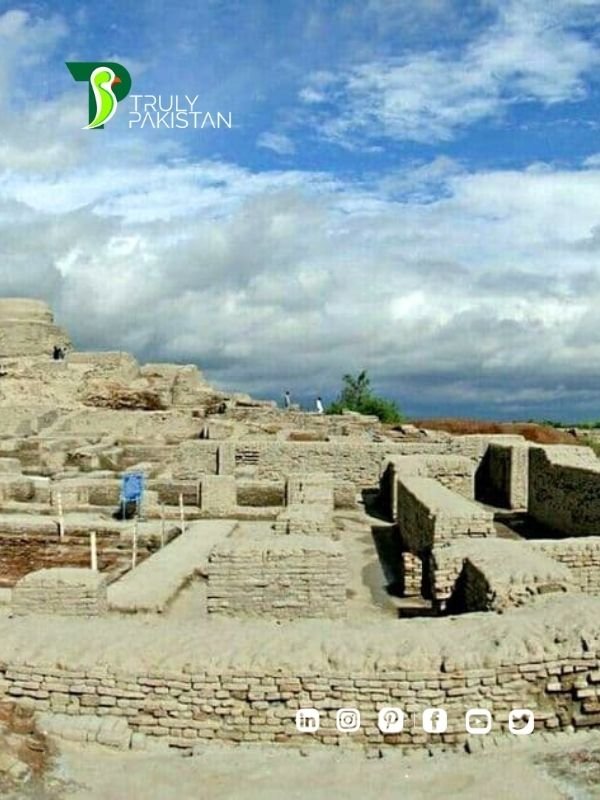10 Fun Facts About Pakistan That Will Surprise You
Agree: You’ve probably seen headlines about Pakistan—but not the jaw‑dropping achievements, ancient wonders, and record breakers behind them.
Promise: This quick, skimmable guide surfaces 10 fun facts about Pakistan that are verified, wow‑worthy, and travel‑friendly.
Preview: From K2’s icy throne to 5,000‑year‑old cities, you’ll discover the places, people, and milestones that make Pakistan unforgettable.
K2 is the world’s second‑highest mountain
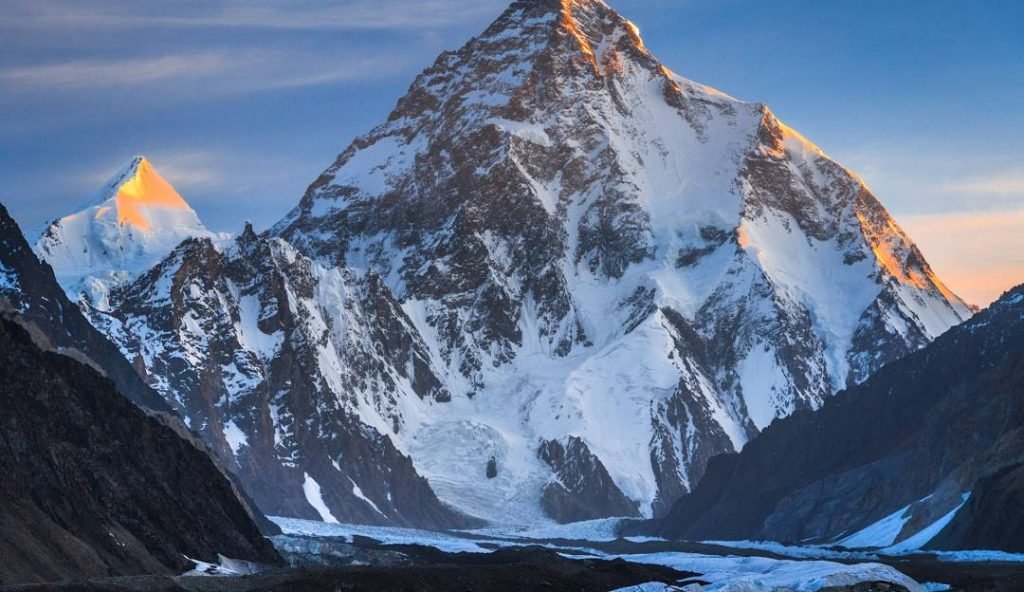

Fun Fact No 1: Why K2 is tougher than Everest
Standing at 8,611 m (28,251 ft) in the Karakoram, K2 is higher than every peak on Earth except Everest—yet many climbers consider it the more technical and dangerous ascent. Its steep faces, volatile weather, and remote approach earn it the nickname “Savage Mountain.”
- Where: Pakistan–China border, Karakoram Range
- Why it matters: A magnet for elite alpinists and a symbol of Pakistan’s high‑altitude grandeur
Source: Encyclopaedia Britannica on K2, National Geographic
The Indus Valley Civilization thrived here 5,000 years ago
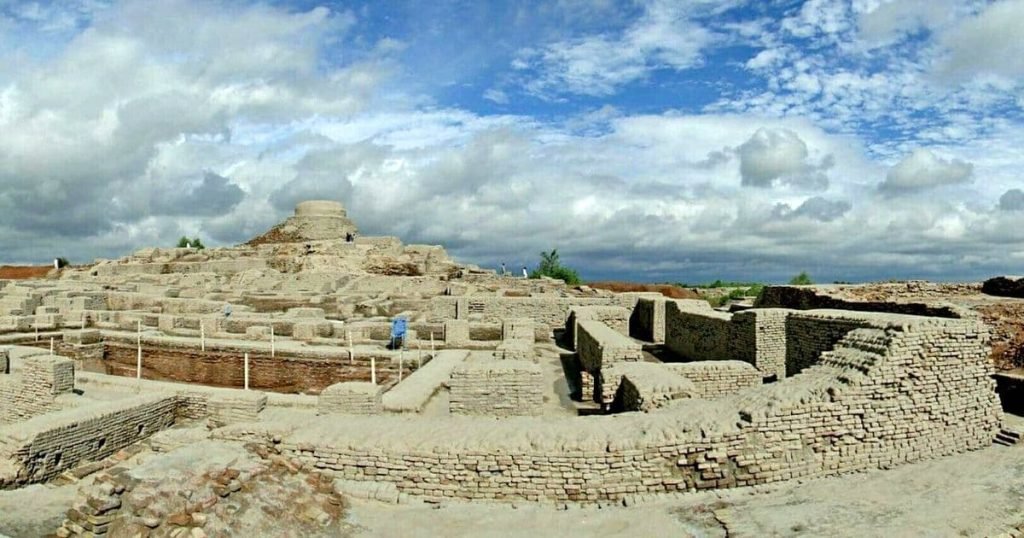

Fun Fact No. 2: Mohenjo‑daro and Harappa were planned cities
Long before Rome or Athens hit their stride, the Indus Valley Civilization (c. 3300–1300 BCE) built cities with grids, standardized bricks, and advanced drainage. Walk the streets of Mohenjo‑daro or explore the ruins of Harappa and you’ll see urban planning that feels startlingly modern. Mohenjo‑daro UNESCO World Heritage Site famed for its Great Bath and sophisticated civic design. Taxila A crossroads of civilizations—from Achaemenid to Gandhara—also inscribed by UNESCO.
Sources: UNESCO: Archaeological Ruins at Mohenjo‑daro, Britannica: Indus civilization
The Indus Basin is the world’s largest contiguous irrigation system
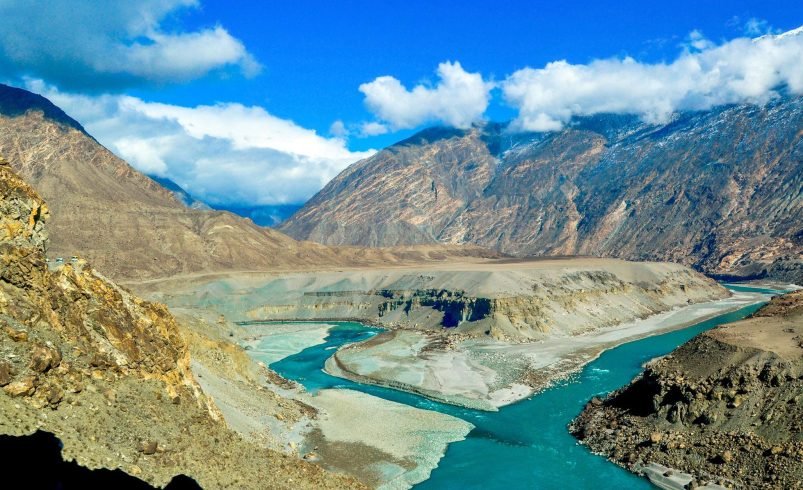

Fun Fact No. 3: How the Indus River feeds millions
Fed by snow and glaciers, the Indus Basin Irrigation System (IBIS) channels water through vast barrages and canals to support one of the planet’s most extensive irrigated agricultural networks—crucial for wheat, rice, and cotton across Punjab and Sindh.
- Scale: Millions of hectares irrigated via a web of main, branch, and distributary canals
- Impact: Backbone of Pakistan’s food security and rural livelihoods
Sources: World Bank: Indus Basin overview, FAO AQUASTAT: Pakistan water & irrigation
Benazir Bhutto was the first female Prime Minister in the Muslim world
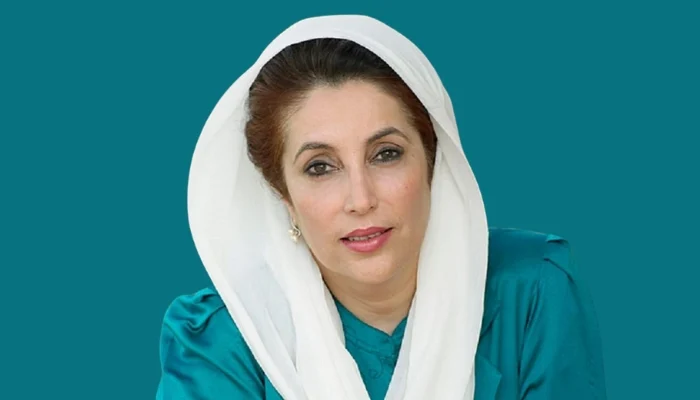

Fun Fact No. 4: Breaking barriers in politics
In 1988, Benazir Bhutto made history as the first woman to lead a Muslim-majority country. Educated at Harvard and Oxford, she served two terms as Prime Minister of Pakistan and became a global symbol of women’s leadership in politics. Her rise challenged long-standing barriers and inspired generations worldwide.
- First Term: 1988–1990
- Second Term: 1993–1996
- Legacy: Continues to influence women’s political participation across South Asia
Sources: Britannica: Benazir Bhutto, Al Jazeera
Sialkot produces 70% of the world’s soccer balls
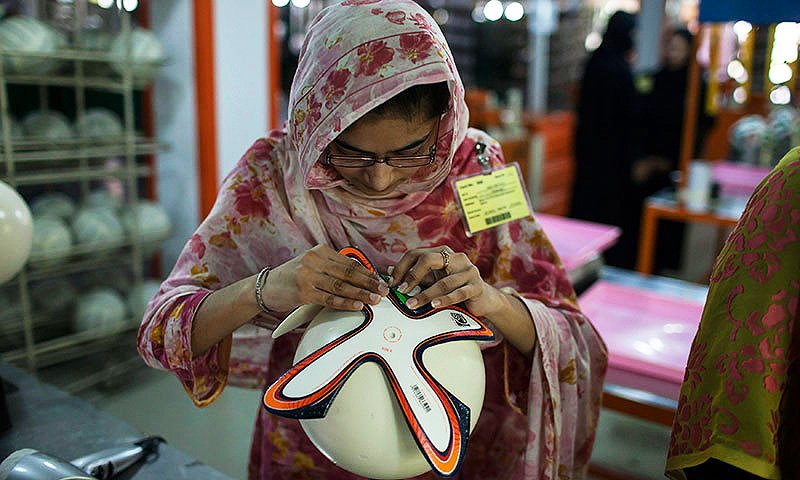

Fun Fact No. 5: FIFA World Cup balls are made here
The industrial city of Sialkot in Punjab is the world’s football-making capital, producing over 40 million soccer balls annually. From neighborhood matches to the FIFA World Cup, chances are the ball came from Pakistan. This industry provides thousands of jobs and showcases the country’s craftsmanship on a global stage.
- Output: Around 70% of the world’s soccer balls
- Specialty: Hand-stitched and machine-stitched balls
- Fun fact: Official match balls for multiple FIFA World Cups have been made here
Sources: Reuters: Sialkot football industry, DW News
Malala Yousafzai is the youngest Nobel Peace Prize winner
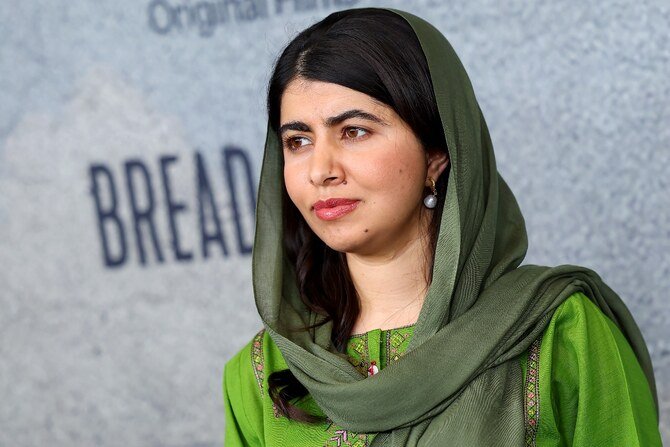

Fun Fact No. 6: Inspiring global education rights
At just 17 years old, Malala Yousafzai became the youngest-ever Nobel laureate in 2014. A survivor of a Taliban attack, she turned her struggle into a global movement advocating for girls’ education. Today, Malala is an international icon of resilience and courage, leading the Malala Fund to champion education worldwide.
- Award: Nobel Peace Prize, 2014
- Cause: Girls’ education and human rights
- Origin: Swat Valley, Pakistan
Sources: Nobel Prize Organization, Britannica: Malala Yousafzai
Khewra Salt Mine is the world’s second-largest
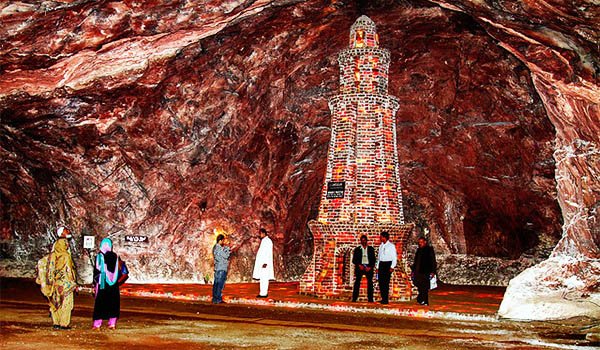

Fun Fact No. 7: A tourist gem of Punjab
The Khewra Salt Mine, located in Punjab, is the second-largest salt mine in the world and one of Pakistan’s most unique attractions. Discovered by the army of Alexander the Great in 326 BCE, the mine produces millions of tons of salt each year and is known for its breathtaking tunnels, salt sculptures, and underground mosque built entirely from salt bricks.
- Production: 350,000 tons of salt annually
- Tourism: Over 250,000 visitors per year
- Unique feature: Salt-made replicas of landmarks inside the mine
Sources: UNESCO Tentative List: Khewra Salt Mine, Britannica: Khewra Salt Mine
It became the first Islamic country with nuclear power
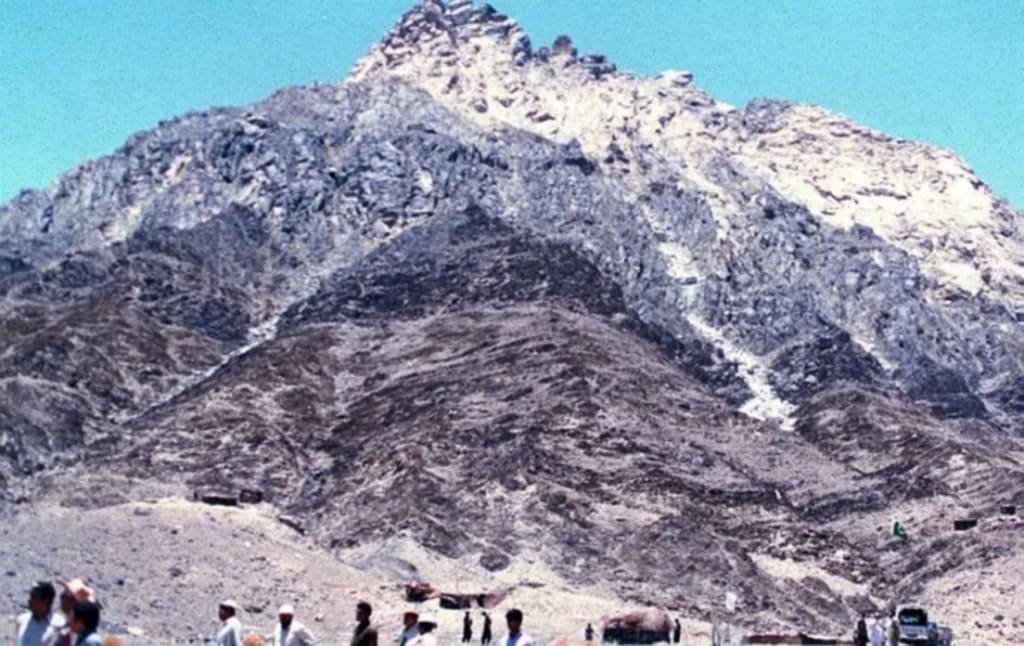

Fun Fact No. 8: Nuclear milestone of 1998
In May 1998, Pakistan made history by conducting successful nuclear tests in Chagai, Balochistan. This bold step established the country as the first Islamic nation—and the seventh worldwide—with nuclear weapons capability. Known as “Youm-e-Takbeer” (Day of Greatness), the achievement is a cornerstone of Pakistan’s defense strategy and global identity.
- Event: Nuclear tests at Chagai Hills
- Global status: 7th nuclear-armed country in the world
- Legacy: Strengthened Pakistan’s strategic position in South Asia
Sources: CTBTO: Pakistan’s 1998 Tests, Britannica: Pakistan nuclear policy
Arshad Nadeem brought home Olympic gold after 40 years
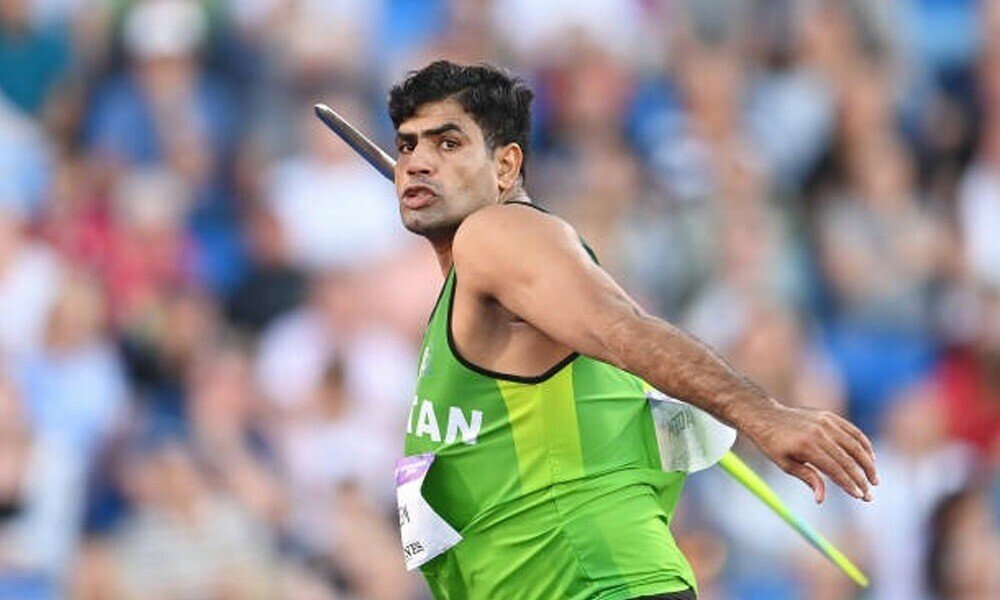

Fun Fact No. 9: Javelin throw hero of Paris 2024
At the 2024 Paris Olympics, Arshad Nadeem stunned the world by winning Pakistan’s first individual Olympic gold medal in four decades. With a record javelin throw of 92.97 meters, he not only secured gold but also inspired a new generation of athletes across the nation.
- Discipline: Javelin throw
- Record: Olympic record 92.97m
- Impact: Renewed focus on athletics in Pakistan
Sources: Olympics.com, VOA News
Over 70 languages are spoken nationwide
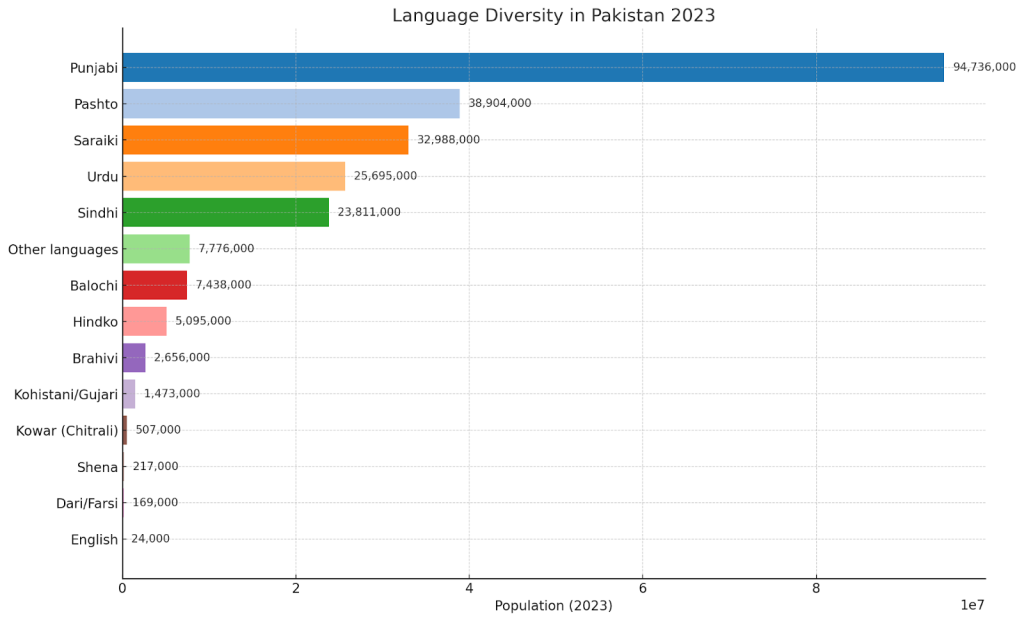

Fun Fact No. 10: A vibrant linguistic heritage
Pakistan is one of the most linguistically diverse nations on Earth, with 70+ languages spoken across its provinces and regions. While Urdu is the national language and English serves as an official language, regional tongues such as Punjabi, Sindhi, Pashto, and Balochi enrich the country’s cultural fabric.
- National language: Urdu
- Official language: English
- Regional languages: Punjabi, Sindhi, Pashto, Balochi, and many others
Sources: Ethnologue: Languages of Pakistan, Britannica: Languages of Pakistan
Ending Note
These 10 fun facts about Pakistan show a country that is as diverse as it is dynamic—from towering mountains and ancient civilizations to modern achievements in science, sports, and culture. Pakistan is more than headlines; it’s a story of resilience, pride, and surprises waiting to be discovered.
FAQ: 10 fun facts about Pakistan
What is Pakistan most famous for?
Pakistan is famous for the Himalayas and Karakoram peaks like K2, the Indus Valley Civilization, world-class mangoes, cricket passion, and Sialkot’s soccer ball industry.
What makes Pakistan unique in the world?
Pakistan’s combination of ancient history, unmatched mountain ranges, rich linguistic diversity, and global firsts—like being the first Islamic nuclear power—make it stand out.
Is Pakistan safe for tourists to visit?
Tourism has been growing, with international visitors increasingly exploring the north, heritage sites, and cities. As with any country, travelers should check official advisories.
What is the best time to visit Pakistan?
The ideal time is between October and April, when the weather is cooler in the plains and perfect for exploring northern mountains and cultural cities.
What languages do they speak in Pakistan?
Over 70 languages are spoken, with Urdu as the national language, English as an official language, and Punjabi, Sindhi, Pashto, and Balochi as major regional languages.
About the Author
Author: ZunNurain Khalid — Travel & Tourism Specialist, Founder of ExploreX Pvt. Ltd., and advocate for sustainable tourism in Pakistan. With over a decade of experience in digital marketing and destination branding, ZunNurain has worked extensively on promoting Pakistan’s natural and cultural heritage.

